How to Make an Emergency Preparedness Plan for Your Household
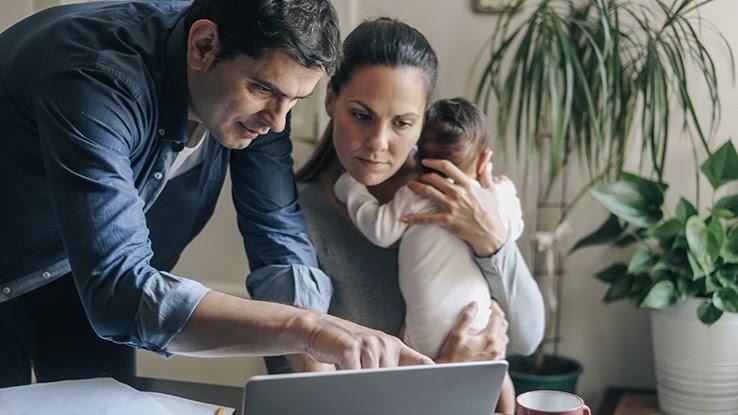
According to Federal Emergency Management Agency (FEMA), roughly 60% of Americans don’t have a disaster relief plan in place — even though a sudden emergency or disaster can happen at any time. With annual wildfires sweeping the western part of the United States, snowstorms cropping up in Texas, and hurricane season seemingly worsening each year, all of us should consider what we would do if a natural disaster hit our city or hometown.
In an emergency situation, would you know where to go and what to pack? Do you already have a “go bag” at the ready? If not, you’ve come to the right place. We’ve rounded up some key considerations and tips to help you prepare for a worst-case scenario. And while you hope you never have to use it, an emergency preparedness plan will certainly help you rest easier.
Consider the Unique Needs of Your Family
An emergency preparedness plan won’t look the same for everyone. You have a unique family with particular needs, after all. Maybe you have two dogs and a cat. Or a large family. Or an infant. Moreover, some folks may need particular medications or medical equipment. Others will have particular dietary needs to factor in. Needless to say, not all plans will look the same.
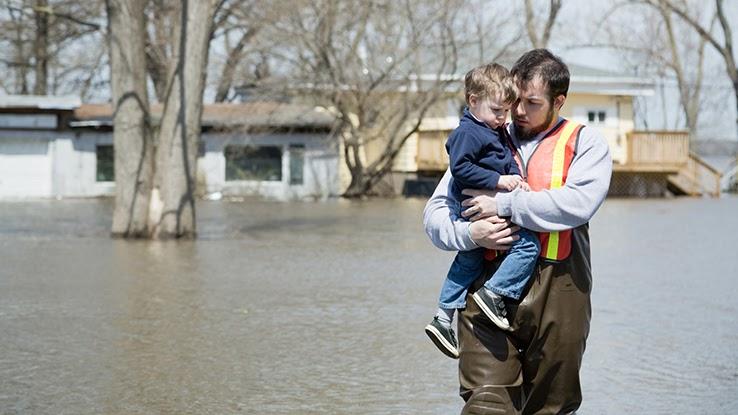
To get started, write out an emergency preparedness checklist for everyone in your household — including your pets. List what specific needs each person or pet may have. Even if you’re not normally a list-maker, writing a list will help you manage medications, special foods, or equipment, so that, when disaster hits, you’re not scrambling to remember necessities. Remember: in the wake of an emergency, you never know how long you’ll be away from your home.
Understand Your Environment & the Types of Emergencies That Can Happen There
Undoubtedly, your environment will shape your emergency preparedness plan. For instance, if you live on the Florida coastline where hurricanes are more common, you may have different needs than someone who lives in a wildfire- or eathquake-prone zone in California.
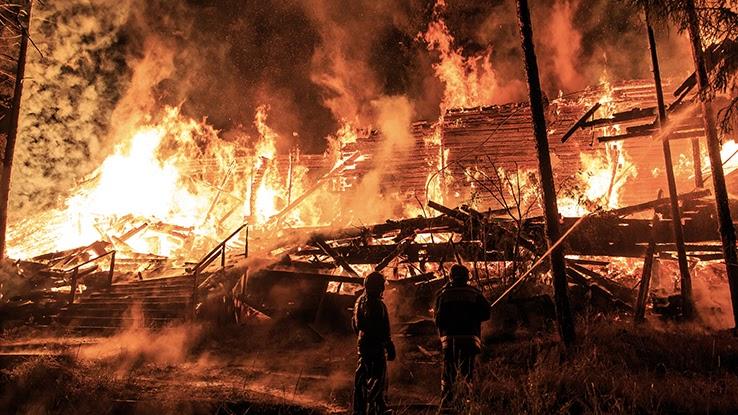
Different emergencies also require different at-home precautions. If you’re on the coast, investing in hurricane shutters or boarding up your windows might be a good idea, but, obviously, that isn’t the same kind of investment you’d make in a wildfire-prone area. Moreover, your environment could also impact your exit or escape plan. Fires, earthquakes, tornados, blizzards, and floods all create different problems, which may affect not only how you leave your home (or if you leave, at first) and what route you’ll take to evade the disaster.
In the wake of many different types of storms, you may have to stay in your home without power, so flashlights and backup power sources are a must. But, in a wildfire situation, those items might be less necessary since you’ll be evacuating. With this in mind, you might want to prep a bag meant for evacuation and one meant for sheltering at home. After all, some disasters that may at first strand you at home change, forcing you to leave suddenly if conditions escalate. Therefore, being prepared for both situations — hunkering down and evacuating — is a must.
Create a Disaster or Emergency Supply Kit
The best emergency supply kit has everything you need — and it allows for easy access. Ideally, you’ll want one or two bags that are easy to carry. If you have additional items that don’t fit in bags — medical equipment, for example — store them with your “go bags” so that you can round up everything quickly if disaster strikes.
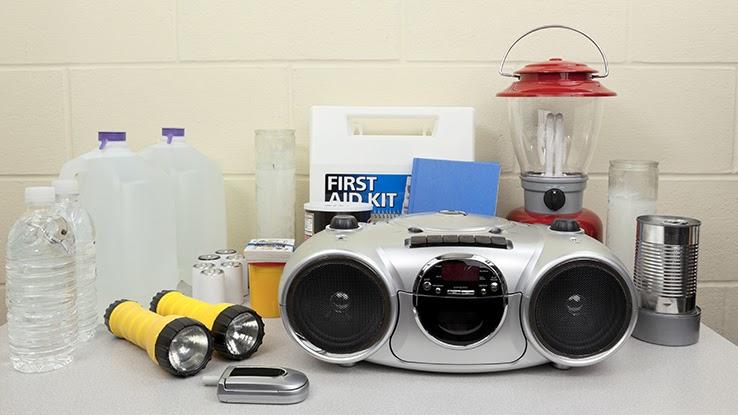
We also recommend keeping a list of additional items you’ll need — but that you wouldn’t pre-pack in your bags — with the kits. Those items might include an inhaler or medication that requires refrigeration. While those items seem like things you’d never forget, it’s hard to know what your headspace will be if you’re told to evacuate suddenly. Additionally, make sure to check what’s in your kits at least once a year. Items may have expired, or, more pressingly, your family’s needs could have changed.
Generally speaking, consider packing the following in your emergency preparedness kit:
- A first-aid kit
- Extra water
- Flashlights and lanterns
- Batteries
- Chargers and power-less chargers
- Masks (not only for COVID-19 but for poor air quality)
- Hand sanitizer
- Canned food or non-perishable snacks
- A roadside emergency kit
- Extra blankets
- Cash
- Spare clothes
- Medications
- Diapers
- Baby formula or breast-feeding supplies
- Towels
- Paper plates and cups
- Garbage bags
- Pet food
- Pet leash
- Pet crate or carrier
- Stroller
- Portable crib
- Walker or wheelchair
- Toiletries
- Disinfecting wipes
- Water filtration kit
- An extra heat source
Make an Action Plan
The next step? Make an action plan. In addition to grabbing your bags, you’ll want to know where you’re going beforehand in the case of an evacuation. First, be sure to make a list of who to call and notify.
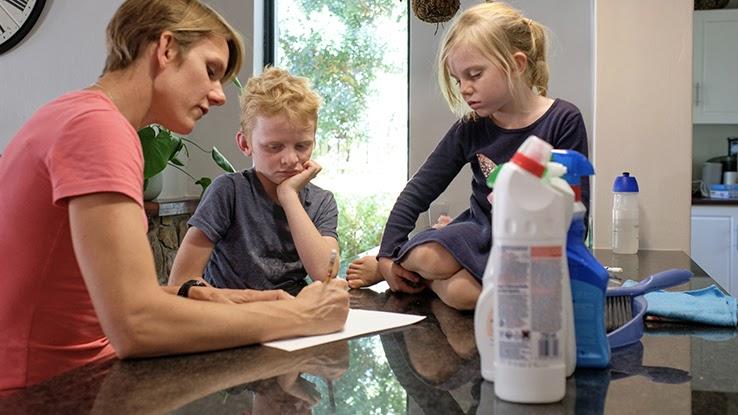
Next, map out where you’ll be staying if you need to evacuate; this could mean staying with a friend or relative, or heading to a hotel or emergency shelter. Depending on where you live, you’ll need to plan for leaving without access to air travel — or, in some cases, certain roads. And don’t forget to include a plan for your pet. Make sure the people you’re staying with are comfortable with pets, and be sure to pack their food, bowls, medication, leash and other absolute necessities.
Practice Your Emergency Preparedness Plan
Go over your action plan with everyone in your household. In addition to your “go bags” or emergency supply kits, have your must-take list ready. Practice what it would be like to grab your bags and supplies. It may also be important to practice driving to your safe destination.
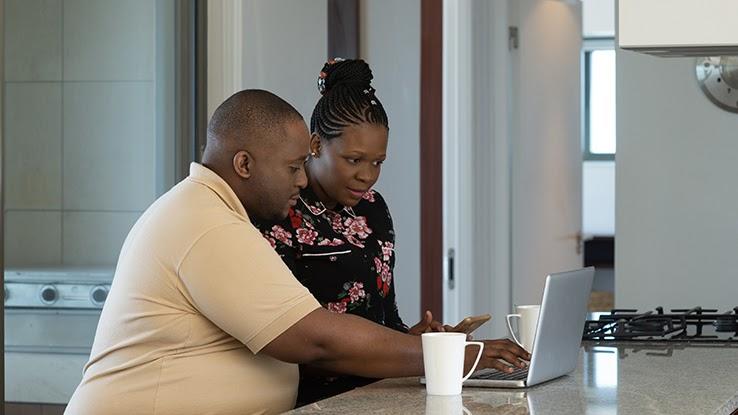
It’s also important that every member of your household knows what to do: assign everyone a job, if needed. For example, while you’re readying the “go bags,” your partner might be able to call your emergency contacts. While having a firm plan in place is essential, be sure to review said plan on a yearly basis, or if a big change occurs in your household. That is, someone could’ve started a new medication; your kids may have outgrown certain items; and food could’ve expired.
Without a doubt, practicing your plan will help you work out any kinks. After doing a run-through, you may want to adjust your plan — and that’s a good thing to know before disaster hits. It’s clear that having an emergency preparedness plan in place will make everyone in your home feel safer, even amid incredibly difficult situations.





